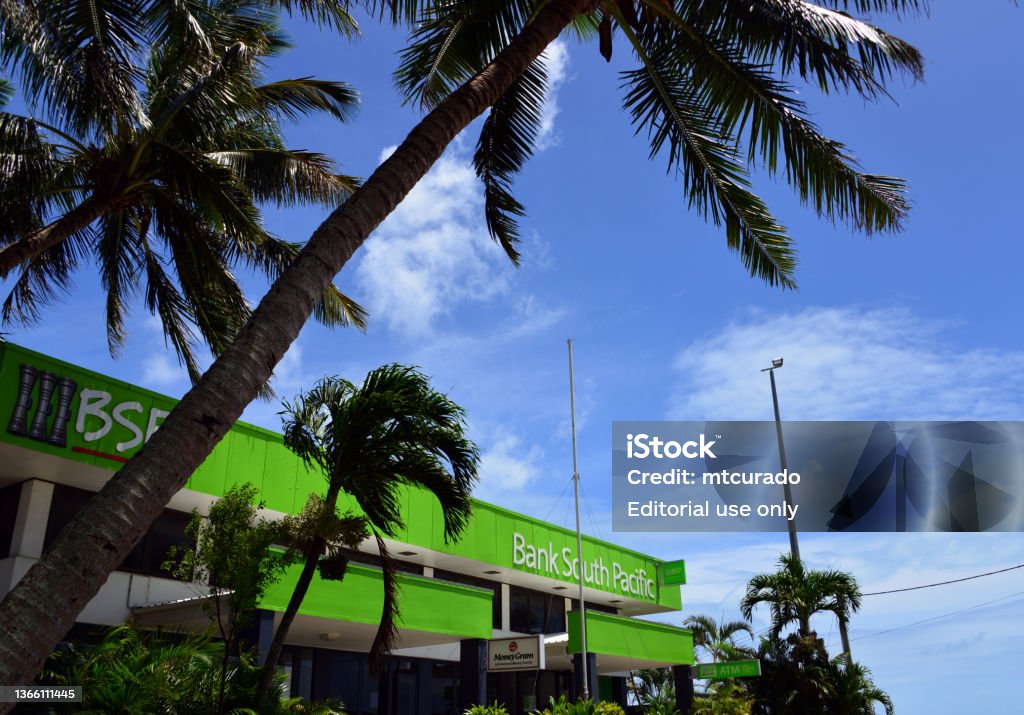Op-ed By Tevita Motulalo
MSc Geopolitics and International Relations
Tonga’s financial system today stands at a dangerous crossroads. On one side lies a stagnant credit market dominated by a few large, foreign-owned commercial banks; on the other, a private sector gasping for access to affordable finance. It is also a classic case of an oligopoly—a small circle of operators that wittingly or unwittingly collude, influencing their own regulation, at the cost of everyone else. In this case it can be argued that lenders controlling the flow of capital, setting interest rates that are, in effect, punitive for ordinary Tongans and small businesses.
Interest rates today are so high that for many, borrowing is not a pathway to growth but a trap to insolvency. That is partly why most Tongans are discouraged from engaging credit at all. It strangles Tonga’s entrepreneurial potential, alternatively keeping the country trapped in dependency on remittances and imports. However, it is also true that high interest rates can serve a natural function in economic evolution — they hasten the decline of uncompetitive or outdated industries or even individual services, while creating space for leaner, more efficient, technology-driven enterprises to emerge.
This is the natural cycle of creative destruction. But for Tonga, the problem is not simply cost — it is access. If new and more efficient businesses cannot obtain capital in the first place, then the system rewards no one. The entire economy stalls, old industries collapse, and new ones never rise. The failure is not in market competition alone, but in the architecture of credit creation and allocation.
A Broken Credit Ecosystem
Currently, Tonga’s access to credit is among the lowest in the Pacific. Banks prefer the safety of government securities, large corporates, or external deposits rather than taking calculated risks on local ventures. Microfinance schemes remain underdeveloped. Meanwhile, the government’s own financing initiatives, such as the Government Development Loan (GDL) administered through the Ministry of Finance, were designed to fill this gap — but have not always lived up to expectations.
The GDL aims to provide concessional loans to businesses that can generate employment and value-added industries. But its administration has been opaque, and details about recipients and disbursement criteria remain largely hidden from public scrutiny. Tonga’s National Reserve Bank (NRBT) has also launched a Fintech Sandbox to encourage innovation in digital financial services, yet little is known about who has been admitted or what pilot projects have been tested.
Transparency in these initiatives is not a luxury — it is essential. Corruption, nepotism, or bureaucratic self-dealing must not be allowed to poison Tonga’s emerging financial ecosystem. There is precedent for concern. The same opacity tainted previous government loan programs, such as the student loan schemes of the past, where reports circulated that by the time the public announcement was made, the children of senior officials had already filled most of the available slots. This is unacceptable. Public financing mechanisms must serve the public, not the privileged few.
If Tonga’s financial future is to be credible, there must be an enforceable ethical framework — one that governs access, disclosure, and accountability in all development financing. Transparency must be a condition for participation, not an afterthought.
Lessons from Others
Tonga is not alone in facing this dilemma. Across the Pacific, small island states struggle to balance the need for capital with the risks of inefficiency and corruption in credit allocation. Fiji and Samoa, for instance, have attempted blended finance programs that combine donor funds, government guarantees, and commercial lending — with varying degrees of success.
Japan’s post-war experience remains the most instructive. After 1945, Japan was devastated, with its industrial base shattered. Yet through coordinated credit mechanisms led by the Ministry of Finance and the Ministry of International Trade and Industry (MITI), and supported by the Japan Development Bank, credit was directed not by political favour but by industrial strategy. Sectors with export potential and technological promise — steel, shipbuilding, automobiles — received structured, patient financing. This disciplined, goal-oriented approach transformed Japan into one of the world’s leading economies within a generation.
Similarly, in South Korea, the government’s Economic Planning Board worked with the central bank and private lenders to channel funds into strategic chaebols under strict performance conditions. The success came not from state ownership, but from state coordination and oversight combined with market discipline.





